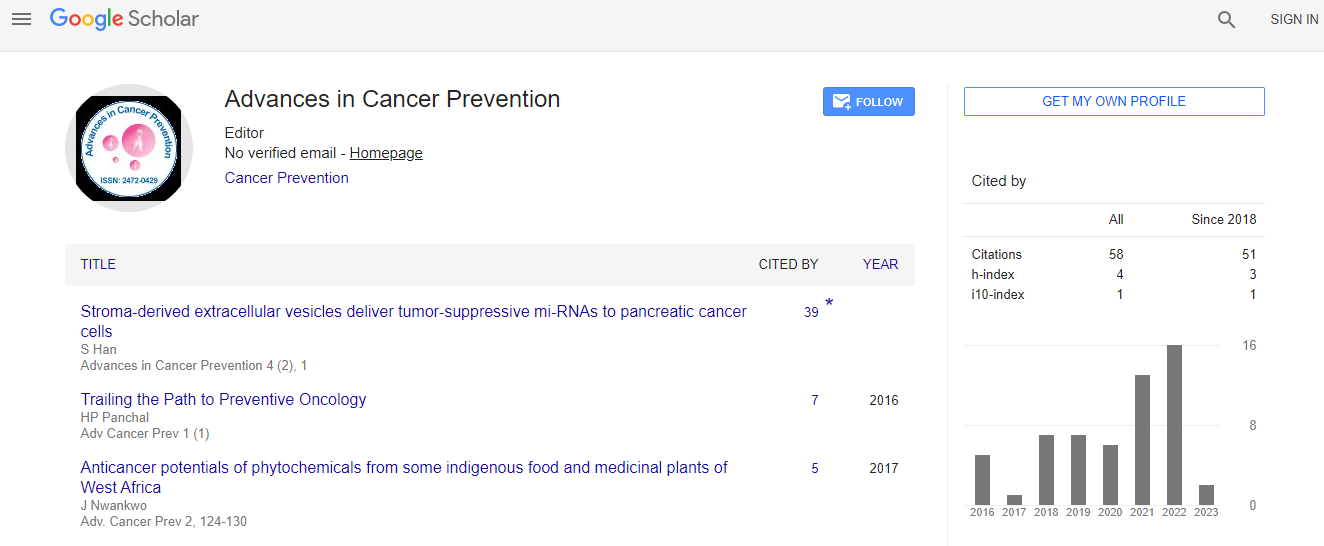Review Article
Multiple Dimensions of Integrative De-Control in Permissiveness for Carcinogenesis
Lawrence M. Agius*Department of Pathology, Mater Dei Hospital, University of Malta Medical School, Msida, Malta Europe
- *Corresponding Author:
- Lawrence M. Agius
Department of Pathology, Mater Dei Hospital
University of Malta Medical School, Msida, Malta, Europe
Tel: 356-21451752
E-mail: lawrence.agius@um.edu.mt
Received date: October 29, 2015 Accepted date: November 26, 2015 Published date: December 05, 2015
Citation: Agius LM (2015) Multiple Dimensions of Integrative De-Control in Permissiveness for Carcinogenesis. Adv Cancer Prev 1:102. doi: 10.4172/acp.1000102
Copyright: © 2015, Agius LM. This is an open-access article distributed under the terms of the Creative Commons Attribution License, which permits unrestricted use, distribution, and reproduction in any medium, provided the original author and source are credited.
Abstract
The overall profiles of malignant transformation events are multi-characterization of integral formulas of DNA damage that respond in highly varied manner as dictated by specific genotype dimensions. It is significant to view the overlapping of individual molecular pathways that progress as permissive players in the profile dimensions for further change. Instability of the genome accounts for the emergence of template re-characterization as formulated by increased cellular proliferation beyond the G1-S restriction point of cell cycles and also by an unstable apoptosis/ anti-apoptosis balance in individual cells. Such contexts imply switching and oscillatory patterns as consequences of multi-node de-control and as systems of favored permissiveness for further progressive change. It is further to the realization of integrative functionality and dys-functionality that consequent change is indeed the central context for malignant transformation and of subsequent emergence of spread of individual transformed cells that paradoxically contribute to multi-aggregates of such cells within overlapping networks of permissive formulations of transcriptional and receptor modulation.

 Spanish
Spanish  Chinese
Chinese  Russian
Russian  German
German  French
French  Japanese
Japanese  Portuguese
Portuguese  Hindi
Hindi 